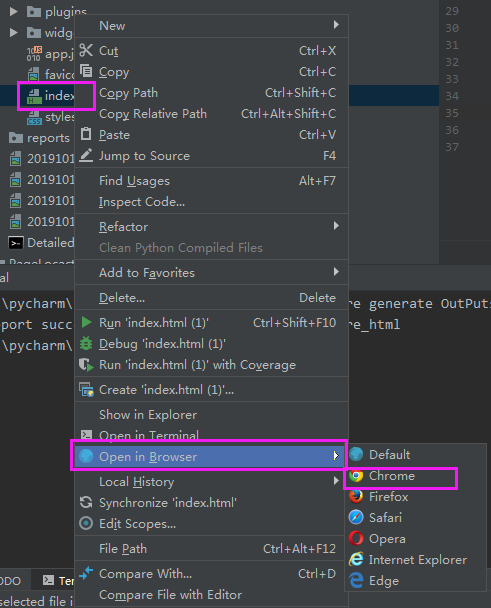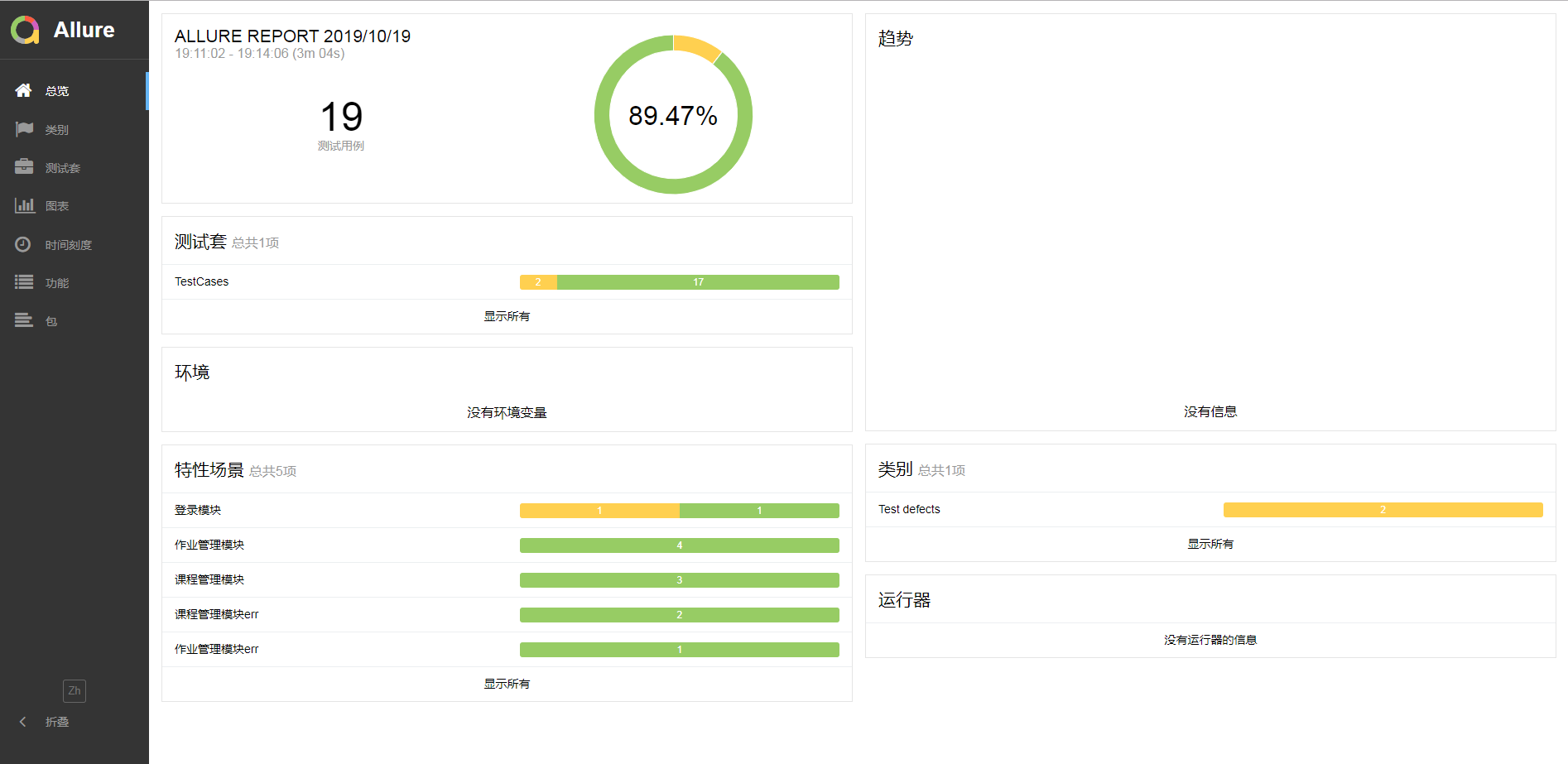一、关于安装
allure是跟pytest一起集成使用的,所以需要同时安装pytest以及allure-pytest插件:
pip install pytest
pip install allure-pytest
接下来安装allure,它依赖java环境,需要提前安装jdk并配置jdk环境变量,环境变量如果不会配置的,可以跳转到这个地址:https://www.cnblogs.com/TerLeeHost/p/7890428.html
安装allure从Maven Center下载最新的安装包(选择最新版本):http://repo.maven.apache.org/maven2/io/qameta/allure/allure-commandline/
1.选择zip包:
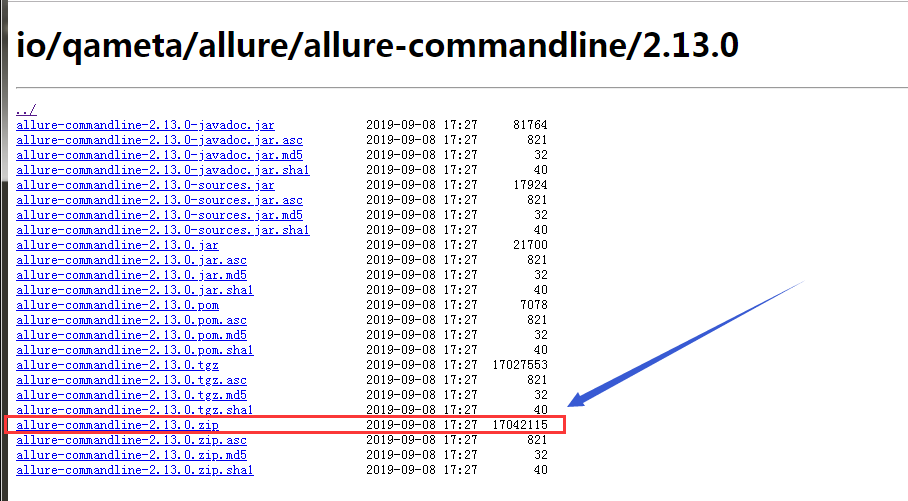
2.将包解压到任何一个目录,建议不要选C盘或者路径很深的。比如G:allure-2.13.0
3.跳转到解压后的bin目录下面,windows下执行allure.bat。其它平台执行allure
4.配置allure的环境变量:
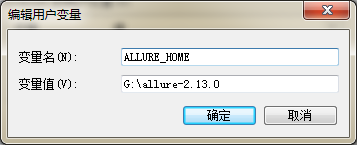

5.测试安装是否OK

二、生成allure测试报告文件
使用命令行:—alluredir=Outputs/allure (相对于pytest命令所在目录的测试报告目录)
if __name__ == '__main__': # 生成allure报告文件 pytest.main(['-s', '-v', '--alluredir=OutPuts/allure'])
所有用例执行完,在OutPuts/allure目录下会生成一些报告文件

三、生成html页面的allure测试报告
1.查看allure报告
使用命令行:allure serve 测试结果文件目录(OutPuts/allure)


2.生成html格式的allure报告
使用命令行:allure generate 测试结果文件目录 -o 输入html文件的目录 --clean
--clean表示每次执行该命令行都先清除输入html文件的目录下的文件
比如:allure generate OutPuts/allure -o OutPuts/allure_html --clean

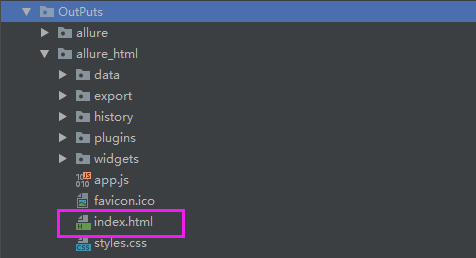
对该文件右键—>Open in Browser—>Chrome,打开测试报告
